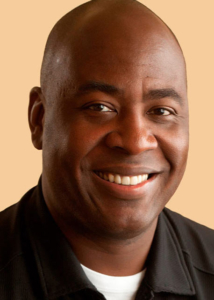Santos reappointed to SOU Board of Trustees
(Ashland, Ore.) — Daniel Santos – a Southern Oregon University alumnus and member of the university’s Board of Trustees – was notified today by Gov. Kate Brown today that he has been reappointed for a second four-year term on the SOU board.
Santos was appointed by the governor and confirmed by the Oregon Senate.
He is a retired associate dean for the Willamette University College of Law, where he oversaw student affairs and administration. He previously served in various capacities for four Oregon governors – Neil Goldschmidt, Barbara Roberts, John Kitzhaber and Ted Kulongoski. His roles included service as Roberts’ legal counsel and Oregon Board of Parole and Post-Prison Supervision chair, and as a senior policy advisor for Kulongoski.
Santos earned his bachelor’s degree in criminology at SOU in 1975, then received his law degree from the Willamette University College of Law. He has remained involved in education throughout his career, serving as a founding member of Scholarships for Oregon Latinos, and in guiding roles with Willamette University’s Willamette Academy for students from underserved communities and the Leadership Council for Oregon Mentors.
He also currently serves on the boards of directors of the Oregon Shakespeare Festival and the Mid-Valley Literacy Council.
SOU was granted authority by the state to form its own independent Board of Trustees beginning July 1, 2015, following the legislature’s dissolution of the Oregon University System and State Board of Higher Education. SOU’s board is responsible for governance and oversight of the university.
Eleven at-large trustees serve four-year terms, and one voting position each are reserved for an SOU student, a faculty and a non-faculty staff member – each of whom serve two-year terms.
Trustees are limited to serving two consecutive full terms. The university president serves in a non-voting, ex officio capacity on the board, bringing total membership to 15.
-SOU-







 Jermaine Galloway — a 6-foot-9 former Division I basketball player – presented his “Tall Cop Says Stop” training to help attendees recognize signs of drug and alcohol abuse.
Jermaine Galloway — a 6-foot-9 former Division I basketball player – presented his “Tall Cop Says Stop” training to help attendees recognize signs of drug and alcohol abuse.


